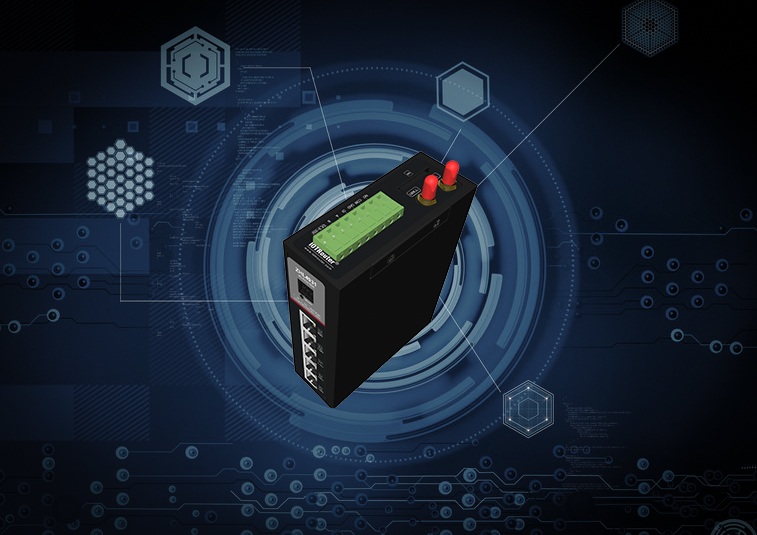Industrial IoT gateways are locally deployed industrial computers used to collect, store, process and analyze data at the edge of the network, reducing pressure on the cloud and data centers. Industrial IoT gateways typically collect data from sensors, devices, and machines. After the IoT gateway collects data, it processes and analyzes the data, and sends the processed data to the cloud for remote monitoring, remote control, and post-analysis.
Essentially, an Industrielles IoT-Gateway acts as a computer, allowing devices and sensors to communicate with each other, as well as pass information to the cloud. They are similar to the routers found in most homes and facilitate communication between devices and between devices and the internet. Industrial data centers with IoT advantages and IoT sensors are deployed to reduce the burden on industrial data gateways. They are able to collect, filter, process and analyze data locally without having to send all the raw data collected to the cloud for processing and analysis.

Industrial IoT-Gateways can perform the following functions:
1. Simplify communication and control through flexible I/O
The main function of the Industrial IoT-Gateway is to enable communication between new and legacy devices. Industrial gateways enable high-speed communication with new devices and sensors, as well as COM ports to communicate with legacy technologies, eliminating the need to replace old machines with new ones for smart connectivity. IoT gateways also enable machine-to-machine (M2M) communications, where machines interact with other machines, devices, and environments.
In addition, IoT gateways can support a variety of different industrial protocols, allowing IoT gateways to communicate with devices using different protocols. The main protocols supported by IoT gateways include fieldbus, PROFIBUS, EtherCAT, Ethernet/IP and PROFINET protocols. So, if an organization has legacy hardware that cannot connect to the cloud, an Industrial IoT gateway can be used to connect these devices to the cloud and allow the organization to securely control machines and programmable logic controllers remotely.
2. Real-time data processing and decision-making
Industrial IoT gateways can process and analyze data in real-time locally at the source of data generation, eliminating the need to transport data thousands of miles to a data center for processing and analysis. This enables real-time data analysis and decision-making, which is necessary for applications handling critical local workloads.
Currently, such applications cannot run on the cloud because of delays in sending, processing, and sending the data back to the industrial environment. Because the IoT gateway and industrial computers are local, this deployment has virtually no latency, enabling real-time data analysis and decision-making in just a millisecond.
3. Increase production
The Internet of Things can improve industrial production. This is achieved by collecting information from various sensors and devices deployed in the factory and using this data to adjust production for higher output. Furthermore, IIoT gateways can be used to reduce human errors and obtain various information related to the manufacturing process, allowing operators and organizations to use such information to optimize the production process.
4. Predictive maintenance
Industrial IoT gateways can help with predictive maintenance. That is, data collected by equipment and sensors can be used to predict when certain components or equipment will typically fail by using predictive models to perform maintenance before failure or failure occurs. Production lines typically run 24 hours a day, seven days a week, so machine malfunction or malfunction can cause production to stop, resulting in lost profits.
Through predictive maintenance using data models, factories can repair machines before they malfunction or malfunction, thereby eliminating any downtime that factories would typically experience without the insights provided by IoT gateways. This significantly reduces or eliminates costs associated with harmful and unplanned downtime.